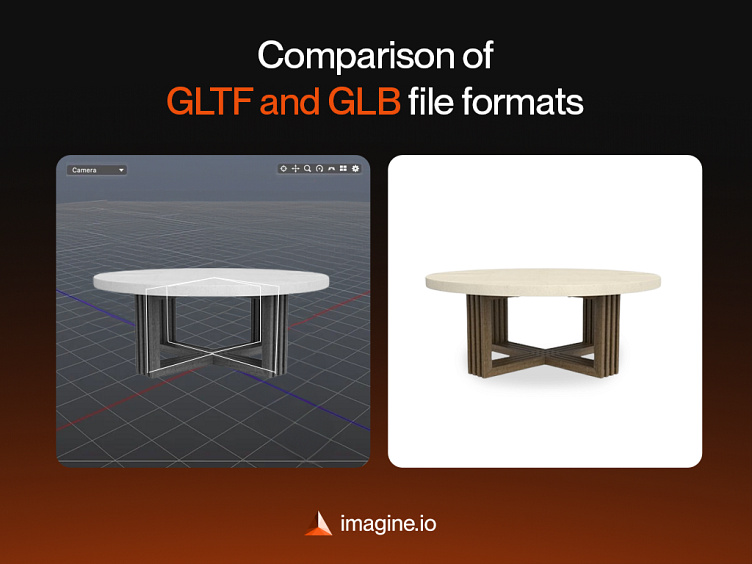GLTF vs GLB: Which Format is Right for Your 3D Projects?
Understanding GLTF vs. GLB in 3D Graphics
The world of 3D graphics is constantly evolving, bringing forth various file formats tailored to the needs of creators. Choosing the right format is crucial, as it affects project efficiency and compatibility. Among these options, GLTF (Graphics Library Transmission Format) and GLB (Binary) stand out.
In this article, we will explore the key differences between GLTF and GLB, their unique features, and the best use cases for each. By the end, you'll have the knowledge to select the most suitable format for your 3D projects.
GLTF: The Open Standard for 3D Models
GLTF, developed by the Khronos Group, is a lightweight, open standard file format designed for quick loading and rendering in web and real-time applications.
Key advantages include:
Compatibility: Supported across various 3D modeling software.
Web-Ready: Optimized for web-based applications.
Flexibility: Supports diverse 3D data, including animations and materials.
Human-Readable: JSON format makes it easy to edit.
Texture Externalization: Allows for external texture storage.
GLB: The Binary Version of GLTF
GLB is a binary container for GLTF files. It offers:
Reduced File Size: Smaller and faster-loading than GLTF.
Encapsulation: Combines all data (models, textures, animations) into one file.
Security: Less prone to manual edits, enhancing security.
Choosing Between GLTF and GLB
Use GLTF when:
You need a human-readable format.
You want to externalize textures for sharing across models.
Use GLB when:
You require a compact, fast-loading format.
Security and ease of distribution are priorities.
In conclusion, both GLTF and GLB have unique strengths. If you prioritize web usability and human readability, go for GLTF. For compactness and security, GLB is the better choice.
